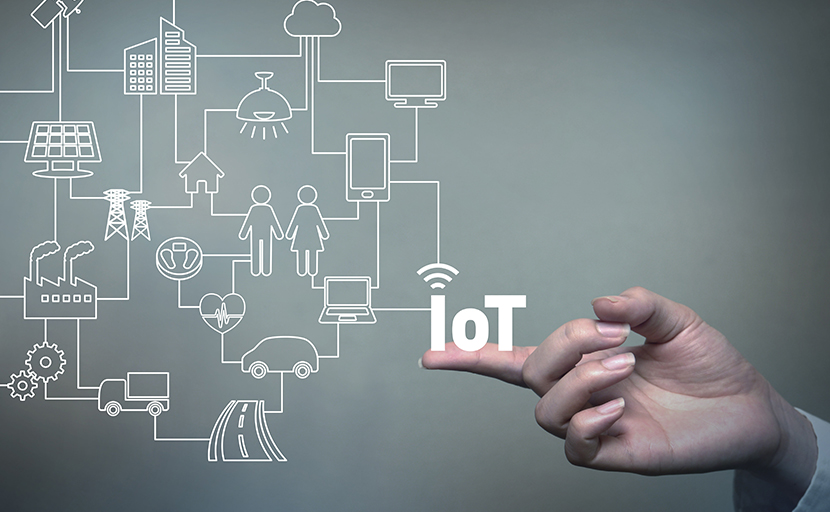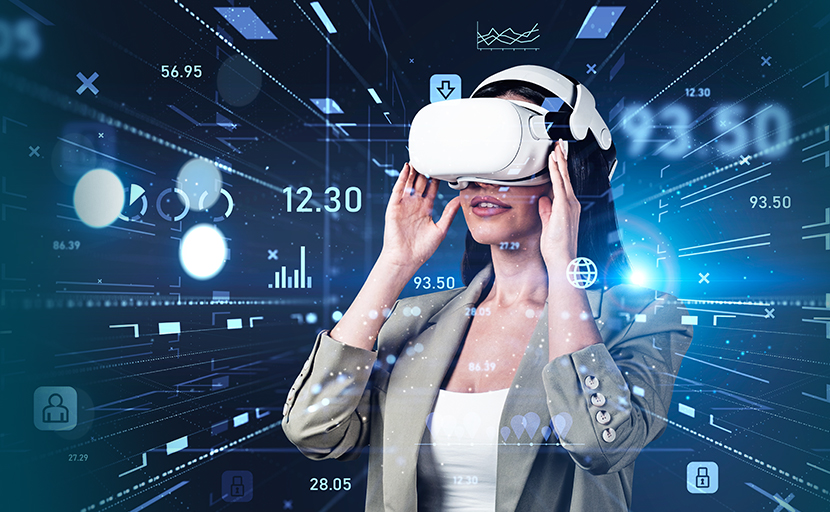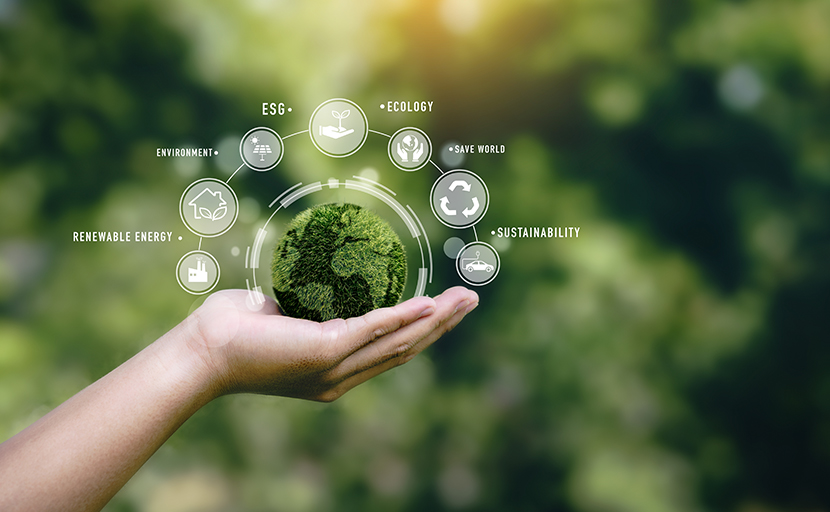What were the tech trends like in 2022? Frankly speaking, they were somewhat lackluster or even, in some regards, nonexistent. As someone said, it was as if all the tech developers partied for two whole years with liquid funds derived from the COVID-19 pandemic and then collapsed on the floor with a hangover. From out of this chaos, it is generative AI that has emerged victorious as the new tech trend. At the beginning of 2022, a type of AI was created that could design pictures based solely on text input by the user, gaining a great deal of attention. Then, at the end of the same year, ChatGPT, an AI that could write, was released, to the shock and awe of the entire world.
It appears that these AI trends will continue into 2023. The days of raising expectations and investments through marketing hype are over as technologies that can prove their usefulness and profitability are becoming more popular. But don’t be too disappointed. There might still be some great technologies that remain hidden in the wings, waiting for their time to shine. Let’s take a look at some of the technologies that may be at the forefront of tech trends in 2023.
The revolution is coming: Generative AI and ChatGPT
There comes a moment during the developmental stage of a technology when the number of people using the new technology begins to skyrocket. When the technology reaches a point when anyone can easily use it, despite their skill level, the technology is officially “developed.” Artificial Intelligence reached this moment in 2022 with the creation of Dall-E2, Midjourney, and Stable Diffusion, which create pictures based on user input, and the text-writing AI ChatGPT.
These AI devices create contents as soon as the user inputs the necessary information. This type of artificial intelligence is called generative AI, and since it is so easy to use, many people have used it for a diverse range of applications and programs. Some companies using this technology are already making a profit, and investments have increased. Not to be outdone, Google, Meta (formerly Facebook), and Amazon have also released their own generative AI.
Generative AI is expected to continue to be a hot topic of conversation in the tech industry in 2023. This is primarily because its field of use is quickly expanding. In addition to video, text, and image production, generative AI is being developed for program coding, search engines, writing legal documents, designing buildings, games, drug manufacturing, and data for AI learning. Interest in multi-modal AI that simultaneously uses multiple senses such as sight, hearing, and language is also increasing. With the widening application of generative AI, many expect that discussions on the legal, ethical, and moral implications of such use will also increase.
Smart home devices enhanced with “Matter”
Matter 1.0 is a new standard of application layer protocol launched in 2022 by the Connectivity Standards Alliance (CSA), which includes the member companies Google, Samsung, Amazon, and Apple. Matter 1.0 acts as an open smart home interworking standard protocol that makes it possible to connect and control any device applied with the protocol, regardless of the company that manufactured it. This new protocol solves the problem of interoperability, which was previously a major obstacle in the smart home market.
With the creation of Matter 1.0, consumers can now buy and use products from any manufacturer and connect them with one another, provided that each device is supported by Matter. Since Matter is still in its early stages, it can only be applied to smaller products such as smart lights, switches, remote cameras, and door locks, but in the future, the protocol will be able to support larger home appliances and robot vacuum cleaners. Amazon Echo, Google Nest, and Apple HomePod (2nd generation) products already support or will soon support Matter.
The market research firm Omdia recently predicted that approximately 44% (or 424 million) of all home appliances scheduled to be released in 2023 will support Matter. Numerous, diverse smart home products applied with Matter were also featured at the Consumer Electronics Show (CES) 2023. At the present time, when household electricity bills are continuing to skyrocket, smart homes are more than just a convenient technology. When converting your house into a smart home, you can build a system in which your devices save electricity all on their own. Needless to say, this type of a home greatly benefits the elderly and people with disabilities. The question isn’t whether the technology is useful, but rather whether users will be able to recognize its value.
The anticipated future: Electric vehicles and automotive software
When the Inflation Reduction Act (IRA) was enacted in the United States in August 2022, investments in the US EV market sharply increased. This is because, under the act, the US government provided a tax deduction of USD 7,500 for every EV purchase that met the stated conditions. Companies manufacturing electric and electronic equipment and software for EVs are also focusing on developing new products. Big tech companies such as Google, Amazon, and Microsoft also showcased many mobility-related products at the CES 2023.
Yet, despite these high expectations for EVs, alternate forecasts predict that the transition to electric vehicles will not happen very quickly due to rising battery costs and safety concerns. However, electronic technology and vehicle software are not used only for EVs. Software is already a vital part of the vehicle test driving experience. It is already being used for infotainment and driving assistance systems and, in the future, will serve as the basis for autonomous vehicles (even though nobody knows when such vehicles will become a widespread reality!). Since software must be constantly updated, some people predict that vehicle software subscriptions will one day become an important business model.
The driver’s seat cockpits of the vehicles being released this year are undergoing major changes in terms of their display. Next year, electric vehicles are scheduled to start being released by factories in the United States. Autonomous cargo delivery drones, such as MightyFly, are being developed, and demonstrations of autonomous ships are being conducted with the goal of commercialization. These developments are just a small sampling of the diverse and practical innovations that are expected in the field of mobility in the next two to three years.
The metaverse and expanded reality
This year, the metaverse is expected to grow as a practical service, rather than being something reserved solely for things like 3D avatar chat programs. One example of the practical application of the metaverse is the NVIDIA Omnibus—a simulation using 3D graphics that can digitally replicate and test self-driving cars, robots, and factory automation software to check whether they are working properly. Technology has also been introduced that easily creates 3D contents. Some of these technologies can take pictures of real subjects and then create the subject’s digital twin. This technology can be used to scan a real person and then make a copy of the person instantly appear onscreen.
Along with AI, interest in VR and AR has been increasing. The technology used for AR glasses has been significantly developed, and some people predict that Apple will soon launch a new VR headset. Some of these developments are currently very cost prohibitive, but prices are expected to drop with increased, widespread use of relevant technologies. Glass-free 3D display technology is being developed that will make it possible to easily view products designed using 3D programs.
We’ve discussed changes in technology and product development, but what about changes in the consumer market? As always, Apple will likely be a forerunner in this area as well. If rumors are true and Apple launches its XR headset this year, and if the product is received by the public with open arms, it will open up a whole new market. Considering the route dependence of technologically advanced products, it is highly likely that the device will be accepted first as a large screen display that can be worn to play games or watch movies, after which it will be adopted for virtual reality.
Sustainability becomes mainstream
It may seem harsh, but the word “sustainability” is often synonymous with the word “regulation.” In the face of acute climate crisis, sustainable (eco-friendly) technology products have become mainstream. This is not simply a passing trend. Since consumers are demanding sustainable products, suppliers have no choice but to meet these demands. International regulations also play a huge role. For example, starting this year, TVs sold in EU will be subject to energy efficiency regulations. As a result, manufacturers of 8K TVs, which consume a great deal of energy, are stopping sales and production, or are lowering the performance of the TVs so that they use less electricity.
In addition, products that guarantee the “right to repair” are becoming more commonplace. On the surface, the Apple iPhone and Microsoft Surface Pro launched last year may not seem much different from previous models, but these newer models have one thing in common—they are now much easier to repair. This is because the US and Europe introduced strict guidelines requiring the “guarantee of the right to repair.” Korea is expected to soon implement similar standards. With this change in regulations, there are even laptops and smartphones being released whose parts can be replaced by consumers themselves.
By Lee Yoo Honn (Columnist, IT Sector)
2023.02.07






